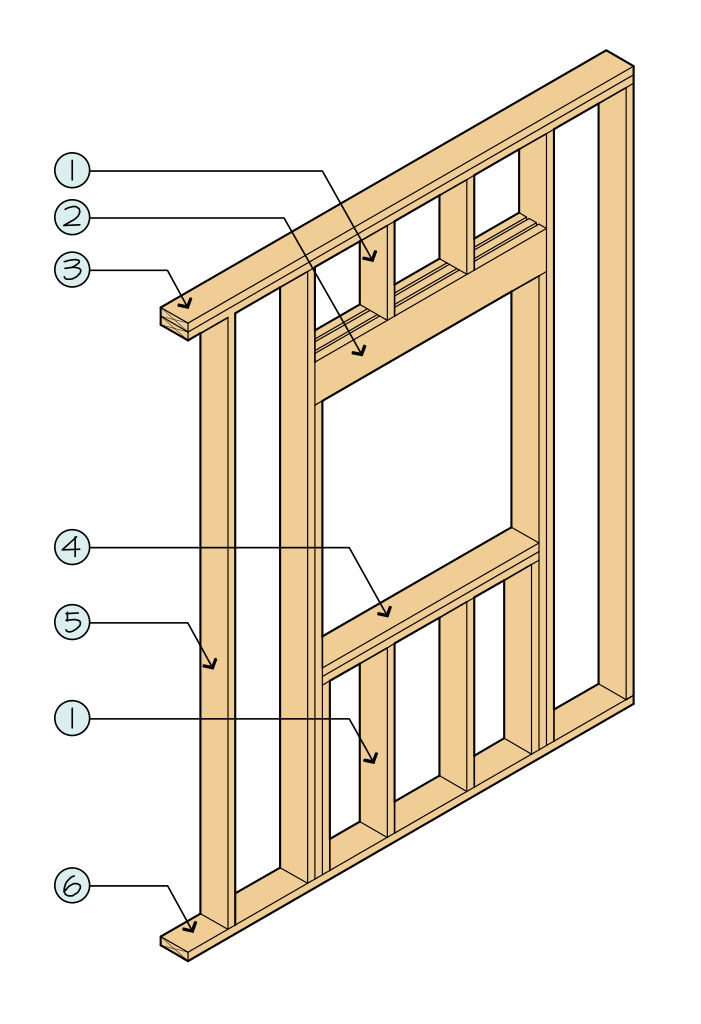Chateau de Pollo: Building This Chicken Castle With My Hands
Cluckingham Palace!


Tests show free-range eggs have more vitamin A and more omega-3 fatty acids than factory farm eggs. Now it turns out they have more vitamin D as well — three to six times as much!
Two new regulations took effect on January 1st that will have a big impact on both the availability of eggs in California, and California's large egg industry. The first law, called Proposition 2, requires the space allocated for every egg-laying chicken in California to be increased by nearly 70%. The other regulation, AB 1437, bans the sale of eggs from chickens in small "battery cages" in California altogether. Battery cages account for nearly 90% of the American egg supply, but have been linked to higher salmonella rates than the use of larger "colony cages," the habitats that contain "free-range" chickens.
The lawsuit alleges that California’s requirements violate the US Constitution’s interstate commercial clause and are pre-empted by federal law.
The Reply Brief filed on March 20, 2018, to the Supreme Court states, “California persistently ignores federal law in its regulation of extraterritorial agricultural production.” The brief also declares California’s effort to regulate the size of a cage for laying hens “…reflects one of several attempts by California to dictate the manner of agricultural production in other States…”
Despite igniting a national controversy, Iowa lawmakers are quickly moving forward with a law that would require grocery stores to sell conventional eggs from hens raised in battery cages if they also sell “specialty” eggs with labels like cage-free and free-range. The House passed House File 2408 at the end of February, and it then passed the Senate earlier this week. The bill has now been sent to Governor Kim Reynolds to be signed into law.
Sources Cited:
Mother Earth News: The Original Guide To Living Wisely
KCET.org
Poultry World
Farm Futures
KQED.org: Public Media For Northern CA


Great Chicken in the sky! That is a Castle fit even for Foghorn Leghorn!
Very nice work indeed, and done right. I might have only lined the foundation myself, but a brick floor does have some real advantages.
I say, I say, I say you made the right choice! :)
Thank you for your contribution.
=======================================================================================
This post was upvoted and resteemed by Steemgridcoin with the aim of promoting discussions surrounding Gridcoin and science.
This service is free. You can learn more on how to help here.
Have a nice day. :)
Thanks for the upvote, but im not sure it was resteemed. Thank you as well for promoting discussions surrounding science!
Great post! I enjoy reading and getting inspired by your projects. Clockingham palace looks awesome and I am sure your chicken will appreciate all the effort you put into their home!:D
Cheers!
Nothing better than building things with your hands less! Glad you enjoyed it.
So glad to find other So Cal Steemers with similar interests! Great job on the coop!
Ugh, how much work. I look spectacular. It is not a house for chickens but a mansion, there they will be very comfortable, for sure!
I really wish you would have voted for a post you were so willing to comment on...